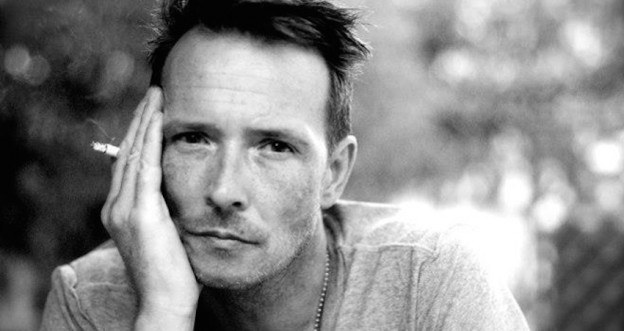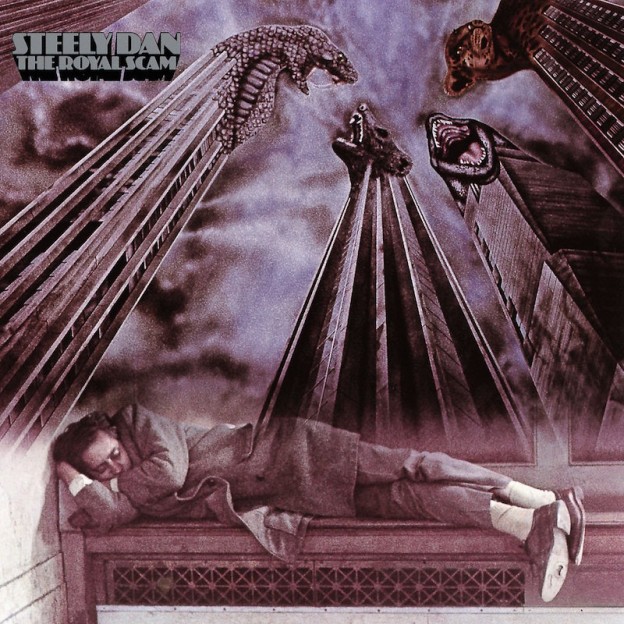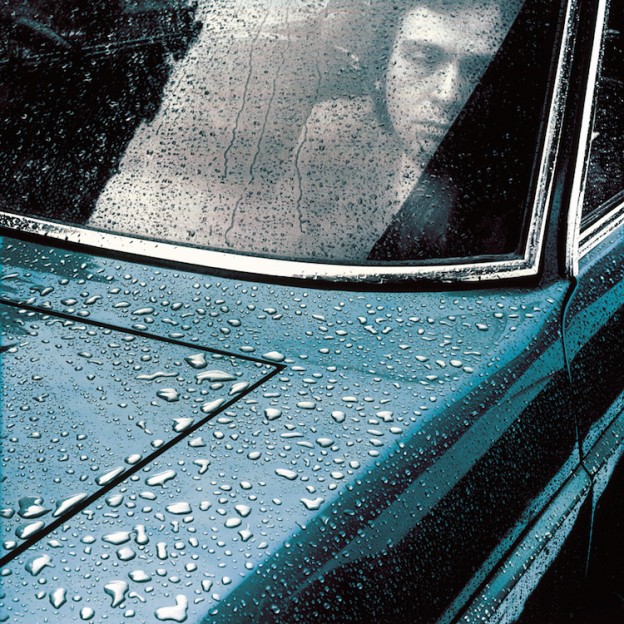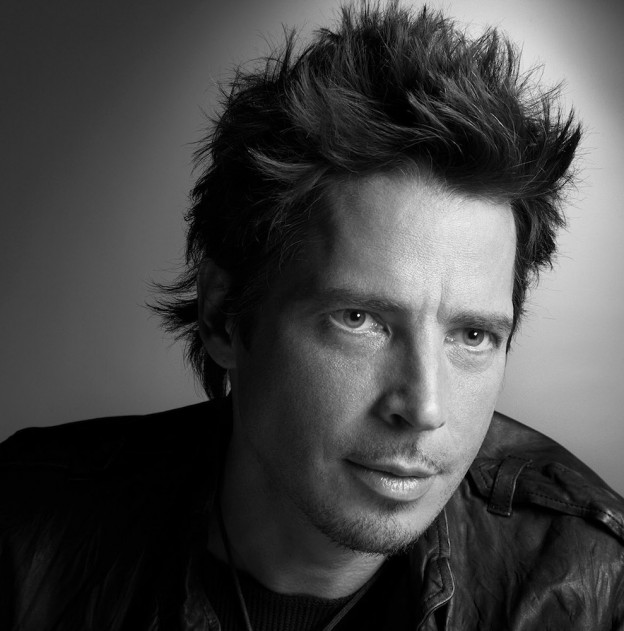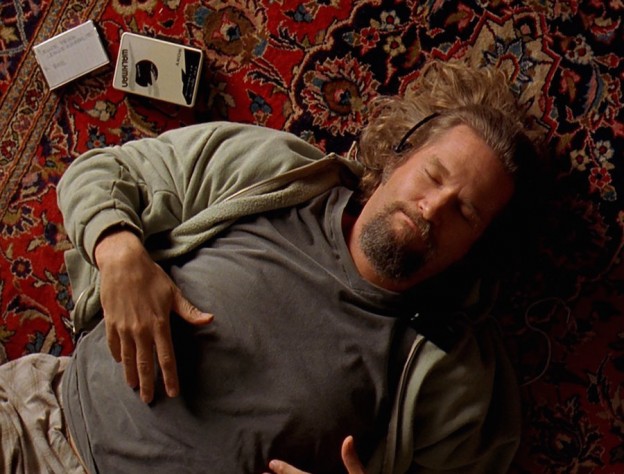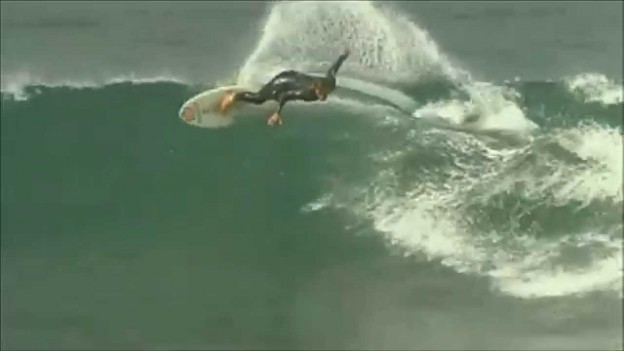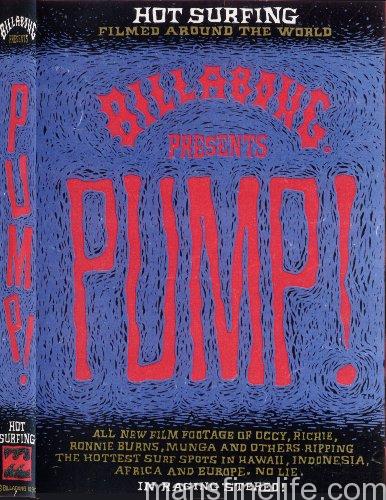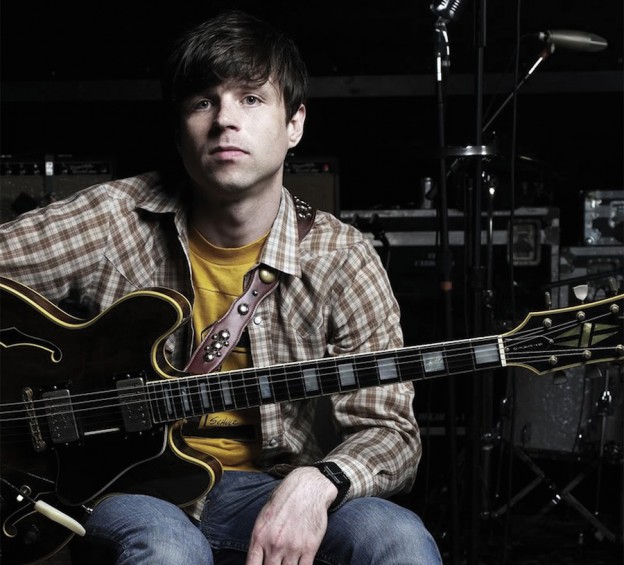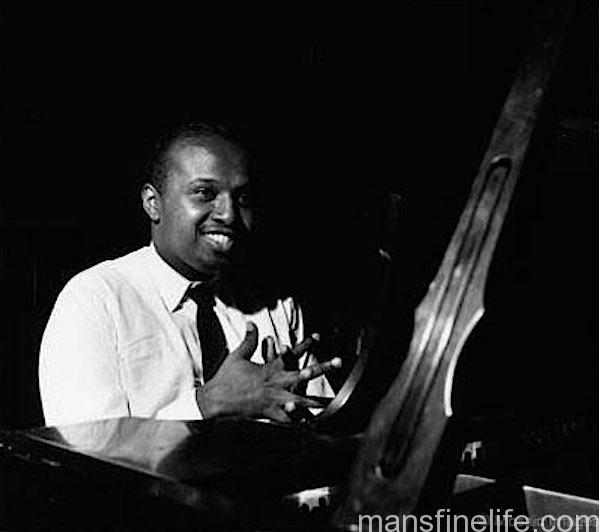Scott Weiland has passed away while on tour at the age of 48 (the New York Times Obituary is here). Best known as the lead singer for 1990s hit-making machine Stone Temple Pilots, Weiland had a strong and versatile rock voice, a flamboyantly aggressive stage presence and a penchant for dark lyrics. But he was also a long time substance abuser, including periods of serious heroin use, and that definitely compromised his abilities on stage if not in the studio. In fact, he was kicked out of STP more than once and also by the “supergroup” Velvet Revolver (basically Guns ‘n Roses without Axl Rose), the band he joined in 2002 after he was booted by STP for the first time. In later years he revealed he had been sexually assaulted as a young boy so if he went looking for something strong to numb that pain while appearing to live the “glamorous” drug-fueled life of a rock star who could really blame him?
A distant sixth behind Nirvana, Soundgarden, Screaming Tress, Pearl Jam and Alice In Chains in the rankings of the biggest Grunge Heavyweights, Stone Temple Pilots were also seen by many as opportunistic California carpetbaggers as opposed to genuine practitioners of Seattle’s own proud hometown music genre. But on any given single or any given concert performance STP could really rock it and in fact they brought a pleasingly tacky and grandiose arena-oriented feel to the scene. Their first two (and best) albums, Core (1992) and Purple (1994), show such a dichotomy of sonic approaches — Core almost like parody version of Pearl Jam with a harder edge and nastier themes and Purple departing comfortably for polished power pop territory — that the distinct impression is not so much a band wedded to a particular genre but rather a band without a real identity yet still making music so well-crafted and executed that they can’t help but churn out huge hits. So much so that for some of us who were young and impressionable in the 90s, STP’s music is indelibly part of the soundtrack of our youth right alongside their more highly regarded rivals.
And if Weiland’s voice was not really a match in distinctiveness when pitted against Chris Cornell, Eddie Vedder, Mark Lanegan, Layne Staley or even the shrieking of Kurt Cobain, he was nonetheless a top-notch rock frontman with the ability to cover a wide range from laid back nasal to growling bellow to belted out ballad. Those first two STP albums hold up remarkably well some 20+ years later despite — or maybe because of — their lack of stylistic similarity. And Scott Weiland’s formidable vocals are a big reason why. If his subsequent career and life was something of a mess and neither he or the band could ever match those heights again, well, that’s hardly a unique story in Rock ‘n Roll history is it? The simple fact is that Scott Weiland had the chops and sheer will to make himself into a rock star, performed like a rock star and definitely lived like a rock star. It’s also a fact that his chosen vocation probably killed him before he turned 50. It’s sad but certainly not unexpected. Weiland lived longer than most people thought he ever would and a hell of a lot longer than his contemporaries Kurt Cobain and Layne Staley. Nobody ever said rock stars are promised a ripe old age, particularly those who don’t change their wicked ways. And once again, for the umpteenth time, we have proof of that. But what else would Scott Weiland have done with his life if not live fast, die young and leave a pile of hit records behind? Would he — could he — really have done it any differently?

